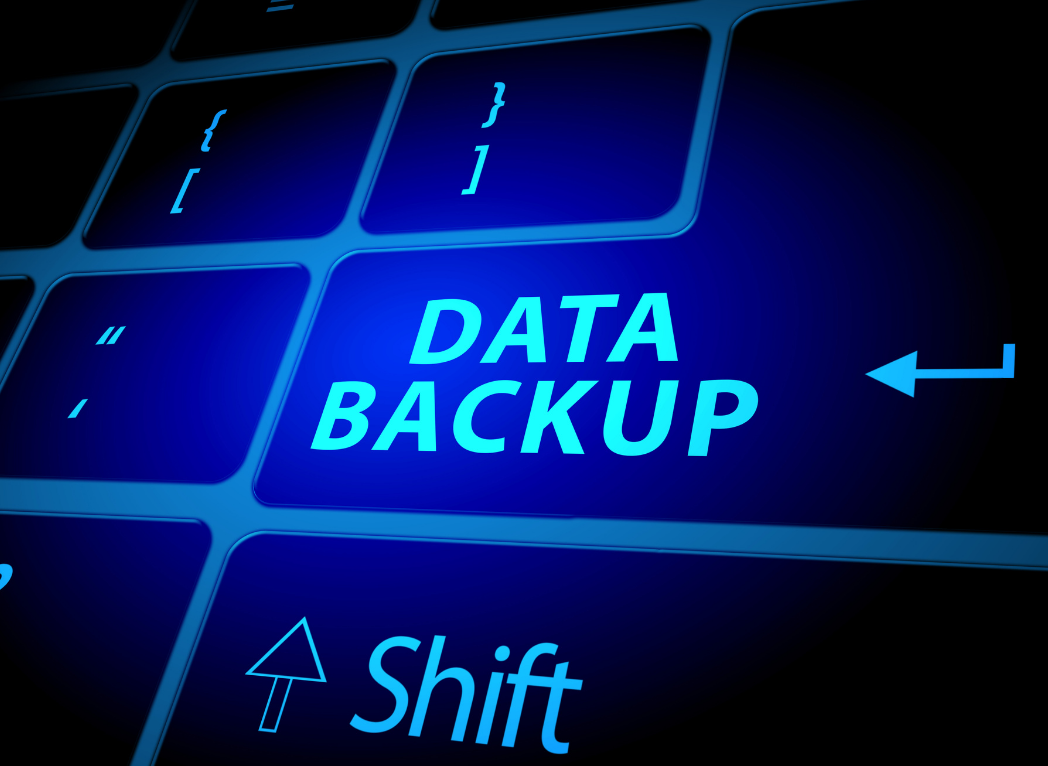
Your business likely runs on Google Workspace or Microsoft 365. Email, shared documents, calendars, collaboration tools – these platforms are the backbone of modern productivity. They feel secure, reliable, and constantly available, backed by the immense infrastructure of Google and Microsoft. So, your critical business data is completely safe within these ecosystems, right?
Think again. While both Google and Microsoft invest heavily in securing their platforms against failures on their end (like data center disasters), there's a critical misunderstanding about where their responsibility stops and yours begins. This is known as the Shared Responsibility Model. Relying solely on the default settings and native tools leaves your organization dangerously exposed.
Let's bust some common myths:
Myth #1: "Google/Microsoft Backs Up All My Data Automatically."
The Reality: They protect their infrastructure. They likely won't lose your data due to their hardware failing. However, their primary responsibility is the availability of the service, not the protection of your data from threats originating on your side.
Consider these common scenarios that affect both platforms:
- Accidental Deletion: An employee permanently deletes a critical shared folder, project site, or email thread.
- Malicious Actions: A disgruntled employee intentionally wipes out data before departing.
- Ransomware: An attack encrypts your files within Google Drive or SharePoint/OneDrive.
- Sync Errors/Corruption: Glitches corrupt data synced between devices.
- External Hackers: Gaining access and deleting or corrupting data.
In these cases, the cloud provider often can't distinguish between legitimate actions and mistakes or malicious intent. Once data is permanently purged from recycle bins or retention periods expire (often just 30-90 days), it's likely gone forever from their end. Shockingly, research indicates accidental or malicious deletion is a leading cause of SaaS data loss, yet many businesses mistakenly believe the vendor handles this protection.
Myth #2: "Native Tools Like Google Vault / M365 Recycle Bin & Retention Are Enough."
The Reality: Tools like Google Vault or Microsoft 365's retention policies and Recycle Bins serve important functions like eDiscovery, compliance holds, and short-term recovery, but they are explicitly not comprehensive backup solutions.
Here's why they fall short for true data recovery:
- Limited Retention: Recycle Bins and default retention periods are often short (30-90 days typically). Data deleted longer ago is unrecoverable.
- Difficult & Incomplete Restores: Restoring large amounts of data or specific point-in-time versions can be complex, manual, or impossible. Tools like Vault export data for legal review, not easy reintegration. Not all data types or services might be covered (e.g., Google Calendar in Vault, some Teams data elements).
- No Protection from Ransomware: If ransomware encrypts your live data, the encrypted versions often sync, overwriting clean copies. Native tools may not offer easy rollback to a pre-attack state.
- Ex-Employee Data Gap: When you delete a user account, their associated data in native retention systems might also be deleted unless complex manual steps are taken beforehand. True backup retains this independently.
- Outages: During a Microsoft or Google service outage (like Azure AD issues), you might not be able to access any data, including that held in native recovery tools. An independent backup provides access.
The Bottom Line: You Need Dedicated, Third-Party Backup
Relying solely on the built-in features of Google Workspace or Microsoft 365 for data protection is like driving without car insurance just because your car has airbags. You're missing essential protection against common disasters.
A dedicated, third-party backup solution for your cloud suite provides:
- True Protection Against Data Loss: Recover files, emails, contacts, calendar items, SharePoint sites, Teams data, etc., long after native retention expires.
- Robust Ransomware Recovery: Easily restore clean, unencrypted versions of your data from a point before the attack hit.
- Simple & Reliable Restoration: Quickly restore individual items, folders, or entire user accounts with user-friendly interfaces.
- Comprehensive Coverage: Ensure all critical data across the suite's applications is backed up consistently.
- Independent Data Retention: Keep data secure and accessible even if user accounts are deleted or the primary service is unavailable.
- Peace of Mind: Fulfill your responsibility in the Shared Responsibility Model by knowing you control an independent, secure copy of your essential business data.
Take Control of Your Cloud Data's Safety
Google Workspace and Microsoft 365 are powerful platforms, but their native data protection capabilities have significant limitations. Don't wait for an accidental deletion, ransomware attack, or compliance audit to highlight these gaps. Implementing a robust, independent backup solution is a fundamental step in truly safeguarding your organization's most vital digital assets.
Is your critical cloud data genuinely protected? Let's discuss a comprehensive backup strategy for your Google Workspace or Microsoft 365 environment.





